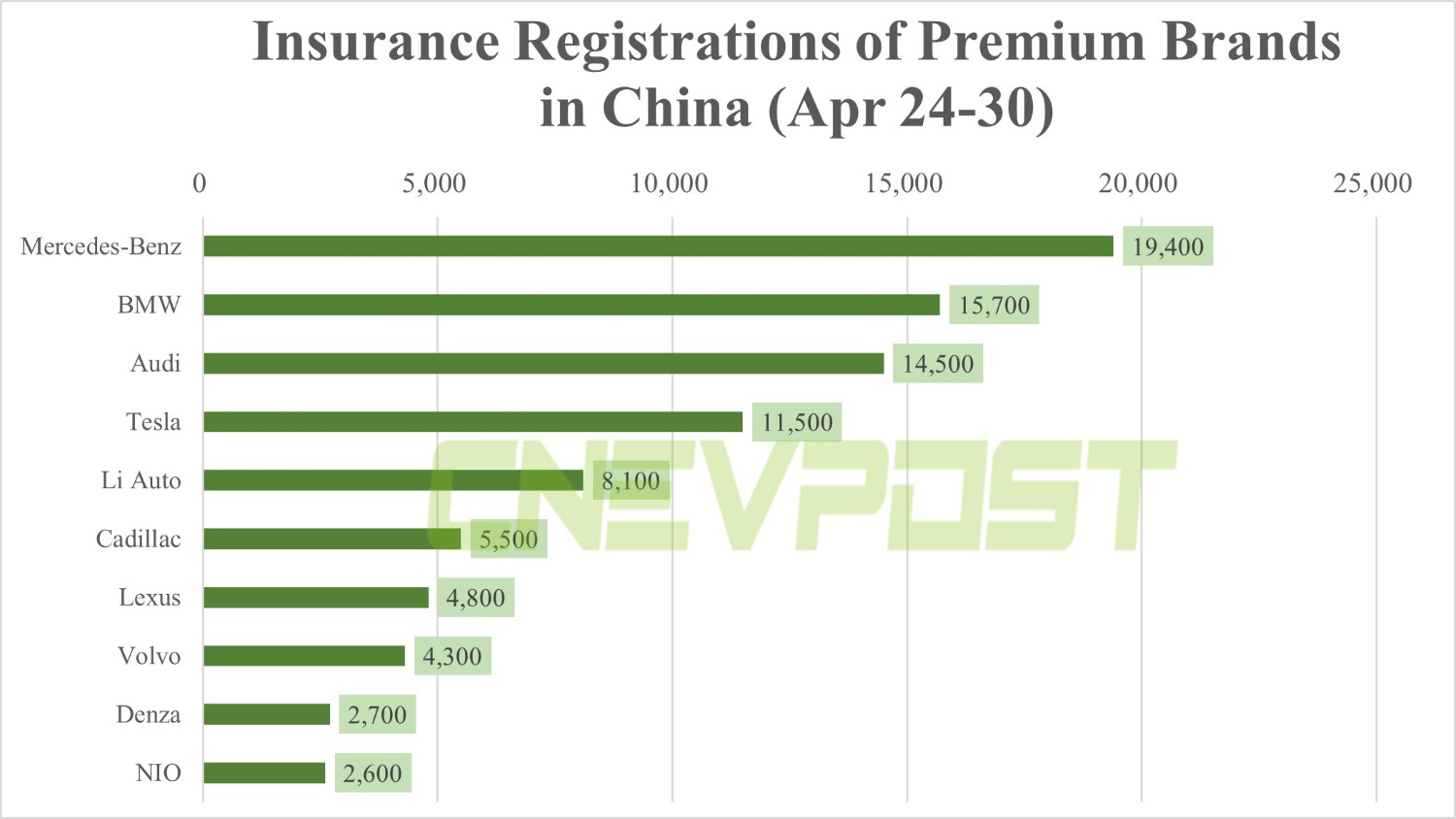Bridgewater reduced its holdings in NIO by 40.53 percent, XPeng by 25.98 percent and Li Auto by 54.69 percent in the first quarter.

Bridgewater Associates, the world's largest hedge fund founded by renowned investor Ray Dalio, reduced its position in the Chinese electric vehicle (EV) trio in the first quarter, the second consecutive quarter it did so.
Bridgewater held 2,526,156 US-traded ADRs of NIO (NYSE: NIO) at the end of the first quarter, down 1,721,751 shares, or 40.53 percent, from 4,247,907 at the end of the fourth quarter, according to a Form 13F it filed with the SEC on Friday.
The value of Bridgewater's holdings in NIO was $26.55 million at the end of the first quarter, down $14.87 million, or 35.90 percent, from $41.42 million at the end of the fourth quarter.
Bridgewater's holdings in NIO decreased by 27.91 percent in the fourth quarter of last year. Prior to that, the fund's position in NIO had grown for five consecutive quarters.
At the end of the first quarter, Bridgewater's holdings in XPeng (NYSE: XPEV) stood at 1,501,493, a decrease of 527,119, or 25.98 percent, from the end of the fourth quarter.

The fund's holdings in XPeng were last valued at $16.68 million, a decrease of 17.27 percent from the end of the fourth quarter.
Bridgewater's holdings in XPeng decreased by 6.15 percent during the fourth quarter of last year. This followed three quarters of increased or unchanged holdings.
Bridgewater's holdings in Li Auto's US-traded ADRs were 792,442 shares at the end of the first quarter, a decrease of 956,375 shares or 54.69 percent from the end of the fourth quarter.

Bridgewater's Li Auto position had a value of $19.77 million at the end of the first quarter, a decrease of 44.58 percent from the end of the fourth quarter.
NIO, XPeng, and Li Auto all gained in the first quarter, up 7.79 percent, 9.14 percent, and 22.3 percent, respectively.

Renaissance keeps NIO position stable in Q1, nearly liquidates position in XPeng
The post Bridgewater cuts positions in NIO, XPeng, Li Auto in Q1 appeared first on CnEVPost.
For more articles, please visit CnEVPost.










